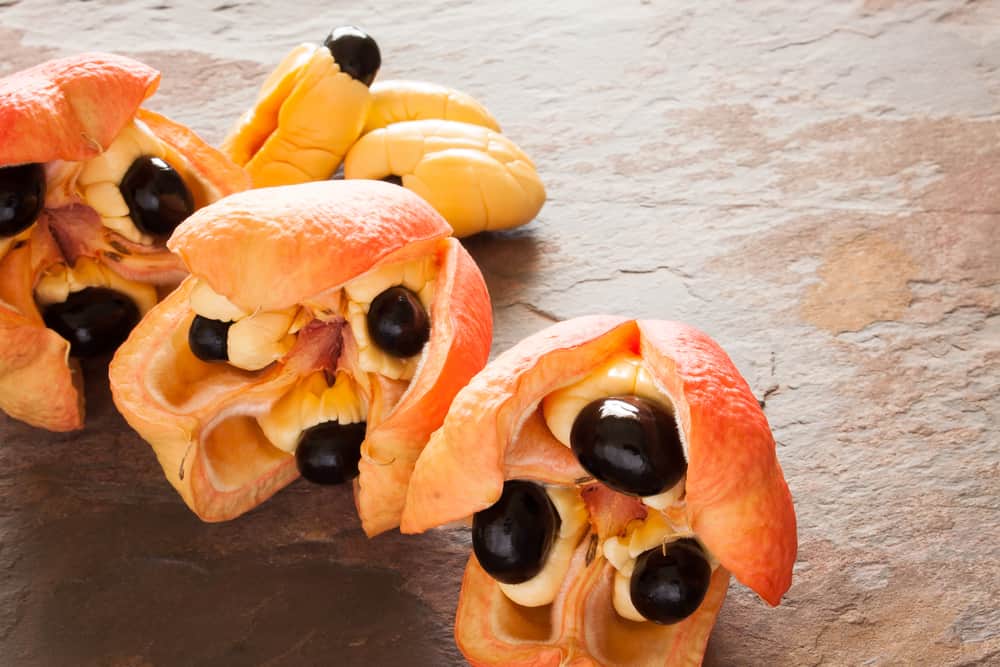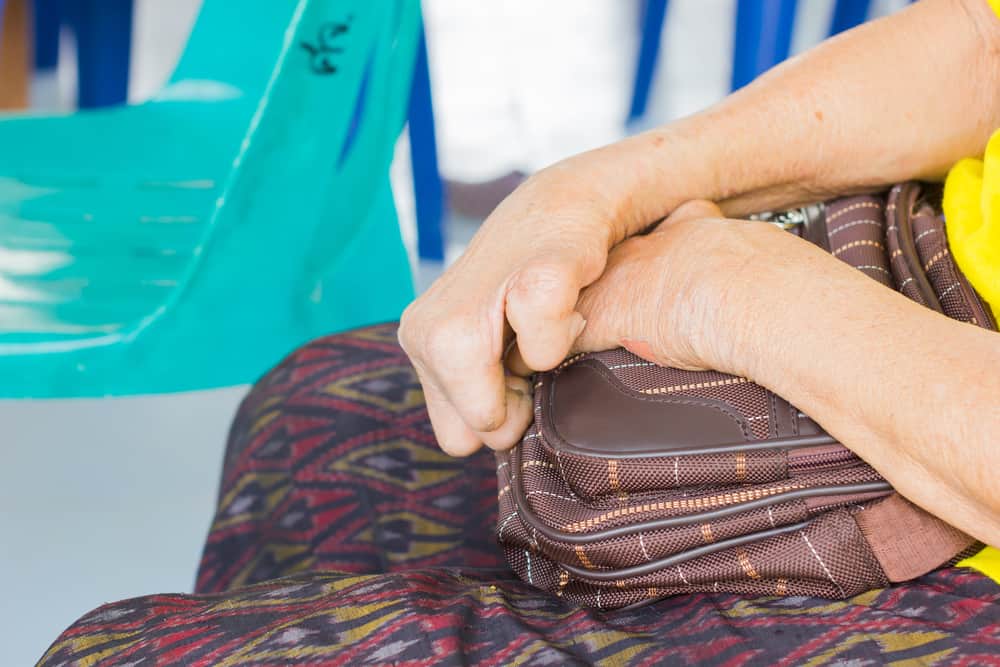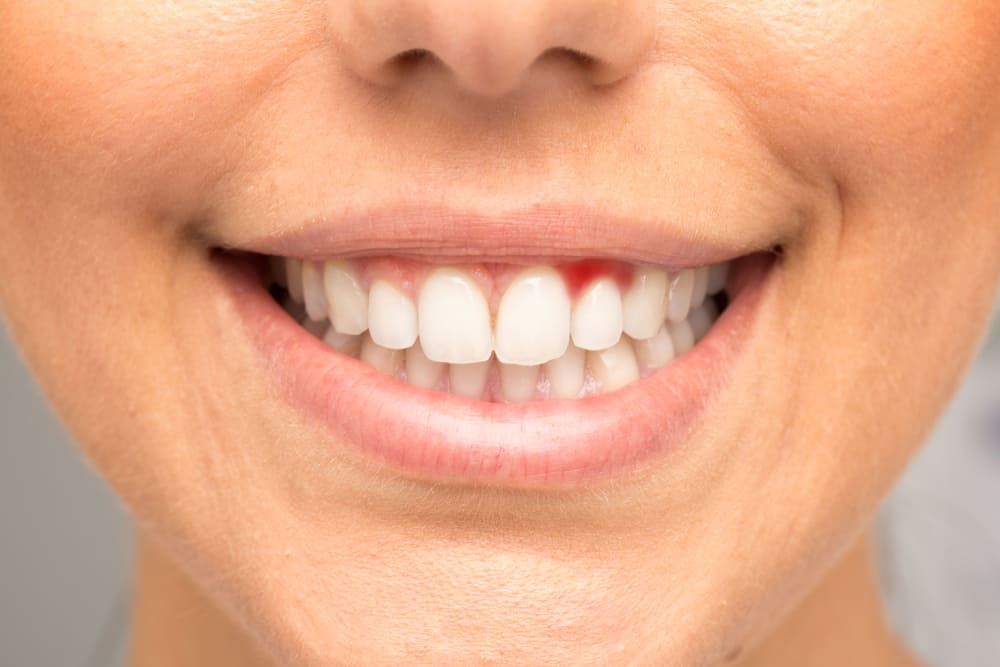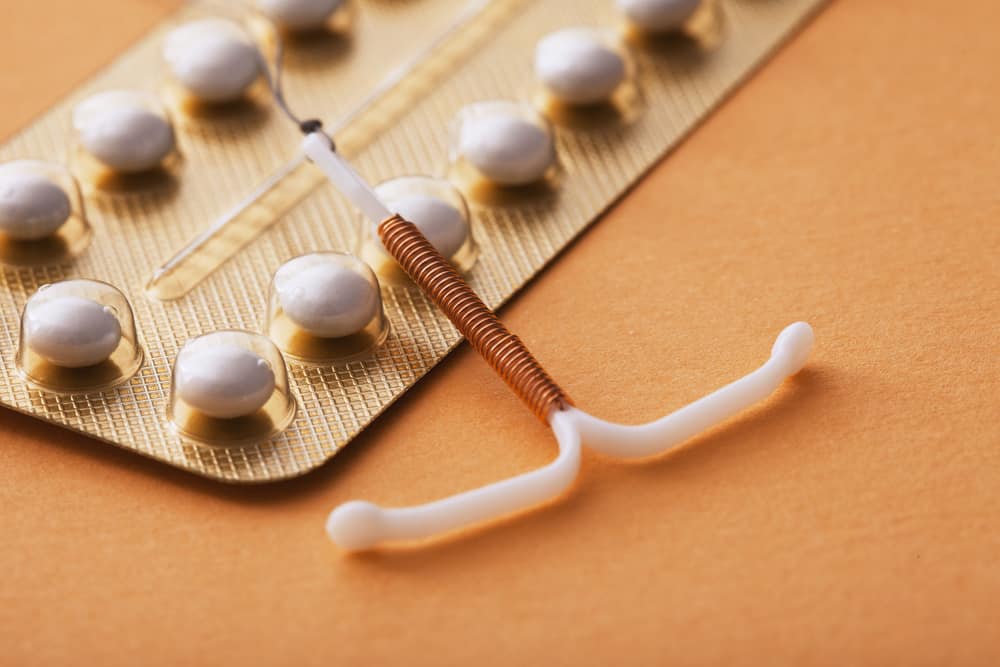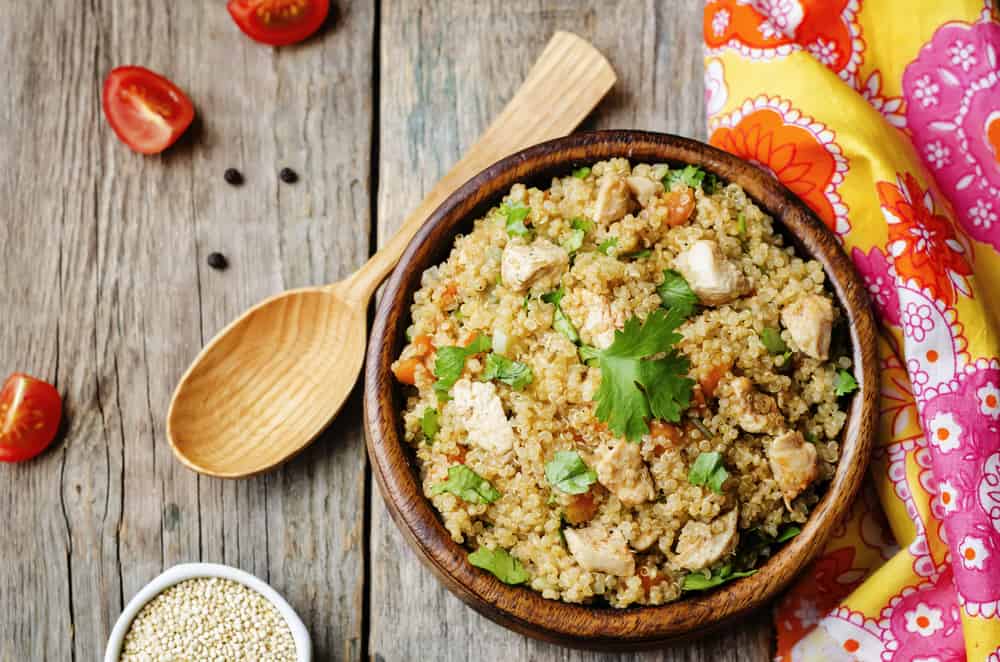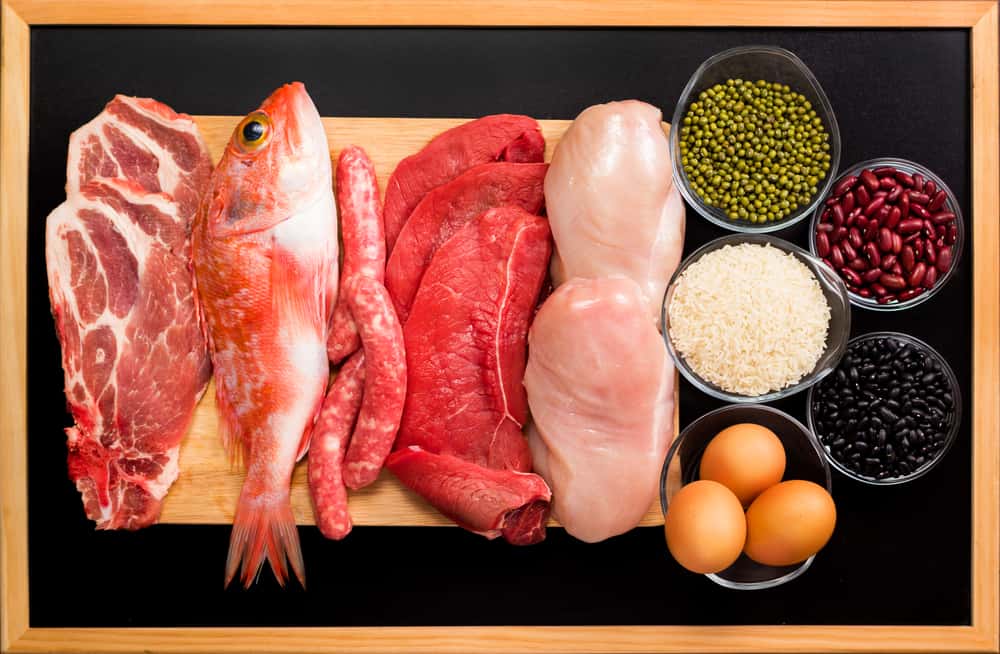Contents:
- Medical Video: Top 10 Foods That Can Kill You
- Is that ackee fruit?
- Ackee fruit, a poisonous fruit but can reduce fever
- What are the symptoms of ackee fruit poisoning?
- If ackee (or lychee) fruit poisoning, this should be done
Medical Video: Top 10 Foods That Can Kill You
Some time ago, the lychee fruit had caught the world's attention because it was responsible for the death of 100 children in India who consumed this exotic fruit in large quantities when the stomach was empty. However, it turns out there is a red thread between lychees and one other poisonous fruit which also caused mass poisoning in Jamaica in 2013 with the same symptoms. Recommend, ackee fruit.
After being examined, it turns out that lychees and ackee contain the same poison, namely hypoglycin A. Well, you know!
Is that ackee fruit?
Ackee fruit, or Blighia sapida, originates from West Africa. Ackee fruit trees can grow as high as 12-13 meters, with wide leaves, and fruits that are colored yellow to bright red.
The Ackee tree can bear 2 times a year, namely in January - March and June - August. In addition to West Africa, this plant also grows in West India, and some areas in Central America, such as Cuba, Haiti, Barbados.
When ripe, the ackee fruit will split open, revealing 3 shiny black seeds, and surrounded by yellowish, oily and thick fruit flesh. Ackee fruit contains fatty acids, vitamin A, zinc minerals, and protein.
Ackee fruit, a poisonous fruit but can reduce fever
Some cases of Ackee fruit poisoning first occurred in 1875. Then in 1954, a researcher named Hassal discovered the toxic content of the fruit, which was then named hypoglycin A and hypoglycin B. Hypoglycin A is an amino acid propionate, while hypoglycin B is derivatives of hypoglycin A. Hypoglycin B is more benign than hypoglycin A. Both of these substances have the effect of lowering blood sugar.
Ackee fruit poisoning is also called Jamaican vomiting syndrome. Hypoglycin poisoning often results from consumption of raw Ackee fruit. The hypoglycin A content on immature ackee fruit is very high - 20 times more than ripe fruit.
Hypoglycin A is then metabolized by the body into cyclopropyl methylene acetic acid, which can inhibit coagulant koA dehydrogenase, and long chain fatty acid oxidation. This obstacle causes a decrease in one energy production (NADH; nicotinamide adenine dinucleotide), and acetyl koA. This decrease in energy then disrupts the process of glucose formation in the body, so that glucose levels drop dramatically due to hypoglycin poisoning.
Uniquely, in his native country of South Africa, ackee fruit has been used to treat fever, swelling of the body, to convulsions. However, there has been no proven research in this matter.
What are the symptoms of ackee fruit poisoning?
Ackee poisoning (Jamaican vomiting syndrome) appears after 2-6 hours of first fruit consumption. This poisonous fruit poisoning shows symptoms of nausea and vomiting that appear suddenly, and accompanied by pain in the pit of the stomach.
Sudden nausea vomiting can also be accompanied by rapid respiratory symptoms, palpitations, headaches, the whole body relaxes, decreased sensory sensations of the body, changes in mental status, and excessive sweating.
After approximately 18 hours, the second symptom of nausea and vomiting can appear. If treatment is not immediately given, symptoms can worsen to cause seizures, coma, and even death.
If ackee (or lychee) fruit poisoning, this should be done
Ackee fruit poisoning (or lychee, just in case) must prioritize efforts to restore blood sugar levels to normal limits, and treat any symptoms that arise - such as dosing anti-nausea vomiting drugs, and anti-seizure drugs if the patient is seizure.
In addition, the drug that is also important to give is antidot activated charcoal, which can attract toxins from capillary blood vessels.

